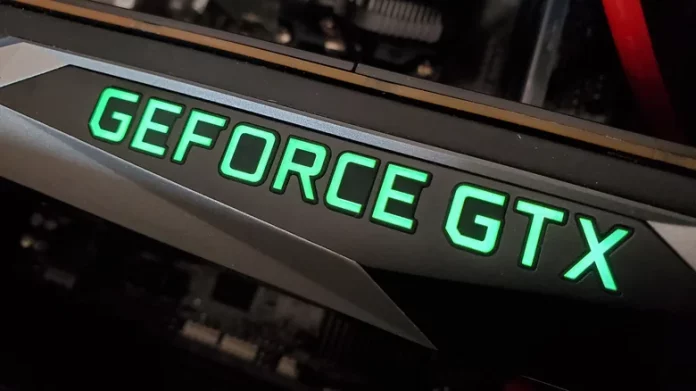Nvidia has been a pioneering force in graphics technology since the launch of the GeForce 256 in 1999, heralded as the world’s first GPU (Graphics Processing Unit)—a term that has since become synonymous with modern graphics cards. Over the decades, Nvidia’s video cards have consistently driven advancements in gaming performance and visual fidelity. As Nvidia’s product lineup expanded and diversified, the company needed a clear way to communicate the power and positioning of its various models to consumers. This led to the introduction of the GTX branding, short for Giga Texel Shader eXtreme.
Debuting in 2008, the GTX label was more a marketing badge than a strict technical specification. It indicated that the graphics card was a high-end offering within its series, aimed squarely at gamers demanding top-tier performance to run the latest and most demanding titles. This branding effectively differentiated these premium cards from Nvidia’s entry-level GT series, which was designed more for everyday computing than gaming.
The GTX line evolved over time to incorporate emerging technologies, with the “Ti” suffix used for the most powerful variants. The final major chapter for GTX was the 16-series, built on the modern Turing architecture. However, these cards notably lacked dedicated hardware cores for real-time ray tracing and AI-driven upscaling—features that became central to Nvidia’s subsequent RTX series.
The GTX series revolutionized the gaming GPU market, with models like the GTX 1080 standing out as some of the most influential graphics cards ever released. Today, the GTX brand has been fully succeeded by the RTX lineup, which emphasizes ray tracing capabilities through dedicated RT cores and supports advanced features like DLSS frame generation. This shift has positioned RTX cards as the new standard for high-performance graphics hardware.
Despite the rise of RTX, the GTX legacy remains strong. In recent years, several GTX models have regained popularity, especially among budget-conscious gamers. Once Nvidia’s flagship offerings, these cards offer solid performance for 1080p gaming builds, handling older AAA titles, esports games, and indie projects with ease.
For instance, the GTX 1660 Super remains a capable choice in 2025 for gamers focused on affordable 1080p setups. Many users with older GTX cards can still enjoy a few more years of gaming before considering an upgrade to RTX hardware. That said, with affordable options like the budget-friendly RTX 5050 priced around $250, investing in the latest generation may offer significant benefits through enhanced graphics features and future-proofing.
In summary, while the GTX brand marked a defining era of gaming GPUs, Nvidia’s evolution toward RTX technology reflects the future of graphics performance, blending power and innovation for today’s gamers and enthusiasts.





